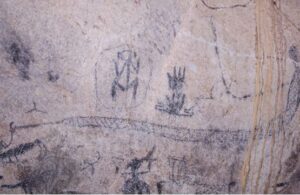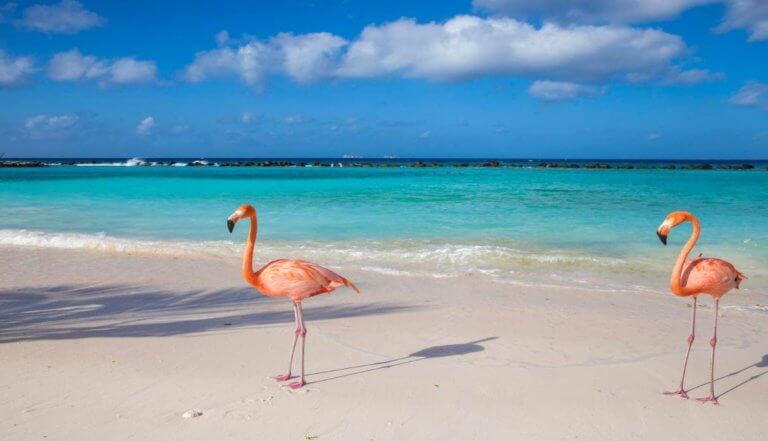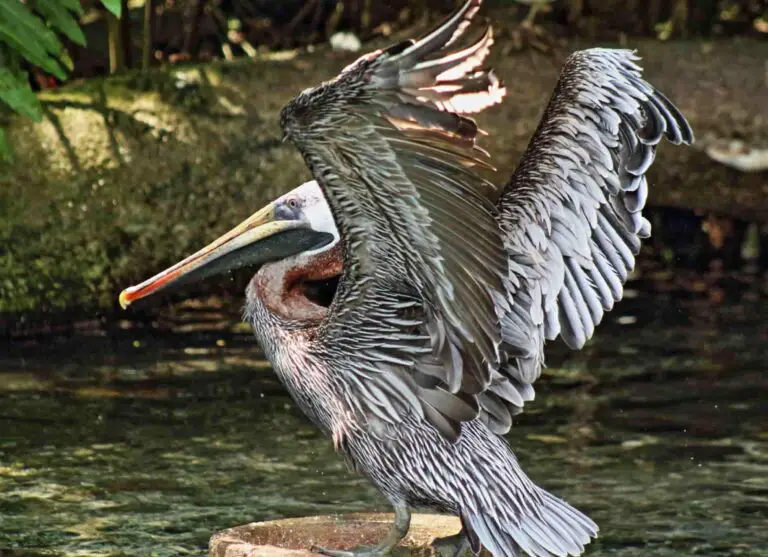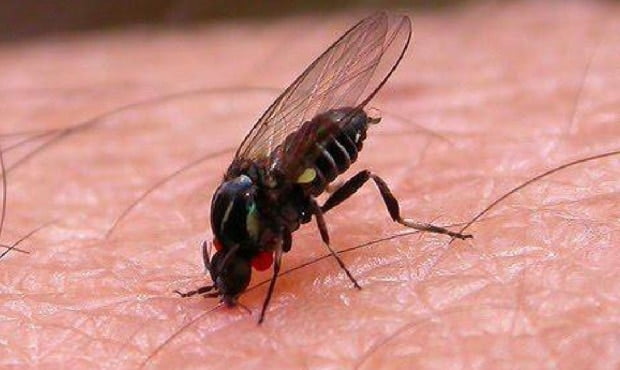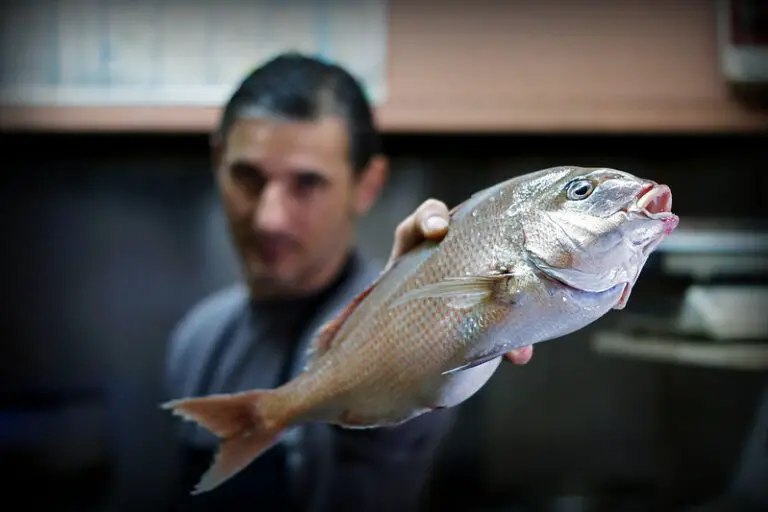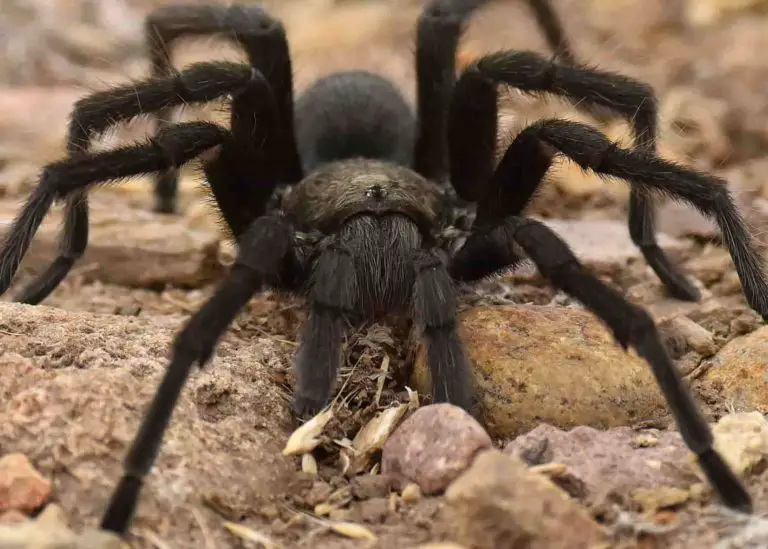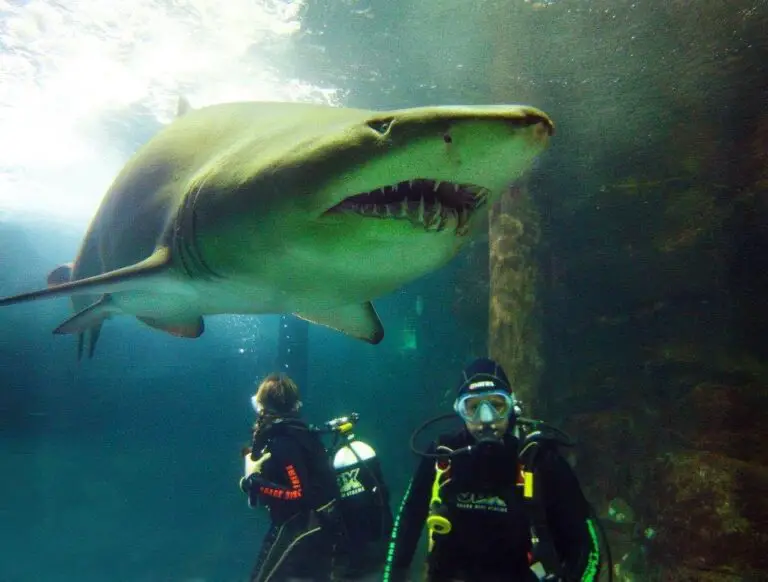Are There Boa Constrictors In The Dominican Republic?

Recently I noticed high traffic of visits to this website on a specific day, I decided to investigate in google statistics, and I saw that the topic in question was “Dominica snake”.
Apparently, there was confusion, because, although I have written several topics about snakes in the Dominican Republic, Dominica, is another Caribbean island totally different from the Dominican Republic.
But, this island went viral recently because of a HUGE boa snake that was allegedly found in a forest, I had the opportunity to see the video, but I didn’t imagine that this snake was found in the Caribbean.
It is very likely that the snake that appears in this video was not found on the island of Dominica and that it is not a boa, once a piece of information spreads on the internet it is assumed to be true without actually being so.
the snake that appears in the video seems to be an Asian reticulated python, boa and python are different snakes. The boas found in the Caribbean islands do not reach that size.
In fact, pythons are the longest snakes in the world, even longer than anacondas. In the Caribbean islands such as the Dominican Republic and Dominica, there are no such snakes.
I decided to write this topic because I know that there will be people wondering if there are boa constrictors in the Dominican Republic, I understand because this type of animal generates a lot of fear in people.
Yes, in the Dominican Republic there is the Hispaniola boa, it is a boa constrictor, although its size can be quite large, it is a totally harmless snake for humans.
Also known locally as jabá snake, it is the largest snake on the island. Hated and feared by many, it has been persecuted for the supposed medicinal properties of “snake oil”.
The scientific name Epicrates Striatus, commonly known as the Hispaniolan Boa, is a species of snake of the Boidae family.
This snake is endemic to the Greater Antilles, with a presence in The Bahamas, Bimini Islands, and Hispaniola. The latter has the largest population.
They inhabit practically the entire island, being common to find them in tropical forests of dense vegetation.
Adults grow up to two and three meters, on average, although it has been reported up to four meters long. The adult male is slightly smaller than the female.
Their coloration ranges from gray and light brown to dark brown.
In captivity, they can live up to 22 years.
They are constrictor snakes (they kill by suffocating their prey by pressure), feeding mainly on rodents, other reptiles, small birds and sick animals. They can go for months without feeding and are totally harmless to humans.
This snake is oviparous, which means that the eggs hatch inside the mother and then hatch through the cloaca.
Their habits are predominantly nocturnal and it is easy to find them near rivers, in tree branches, caves, and hollow trunks.
In Dominican carnivals, it is common for these snakes to be used as part of the “performances” throughout the country.
These snakes are hardy and prolific species on the island, where they have coexisted with man and survived indiscriminate hunting since the times of the extinct Tainos. In Hoyo de Sanabe there is a pictograph of what appears to be a Hispaniolan Boa.
It is common for people, out of fear, to kill them for no reason, a practice that can deplete the species in a region or, in the worst case, in the country.
In some places, they are used mainly as pets or as pest control for mice.
There are 8 subspecies of epicrates striatus, the local one being striatus striatus striatus.
- Epicrates striatus striatus striatus (J.G. Fischer, 1856)
- Epicrates striatus ailurus Epicrates striatus ailurus Sheplan & Schwartz, 1974
- Epicrates striatus striatus exagistus Sheplan & Schwartz, 1974
- Epicrates striatus striatus fosteri Barbour, 1941
- Epicrates striatus striatus fowleri Sheplan & Schwartz, 1974
- Epicrates striatus mccraniei Epicrates striatus mccraniei Sheplan & Schwartz, 1974
- Epicrates striatus strigilatus strigilatus (Cope, 1863)
- Epicrates striatus striatus warreni Sheplan & Schwartz, 1974

